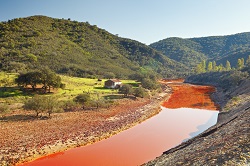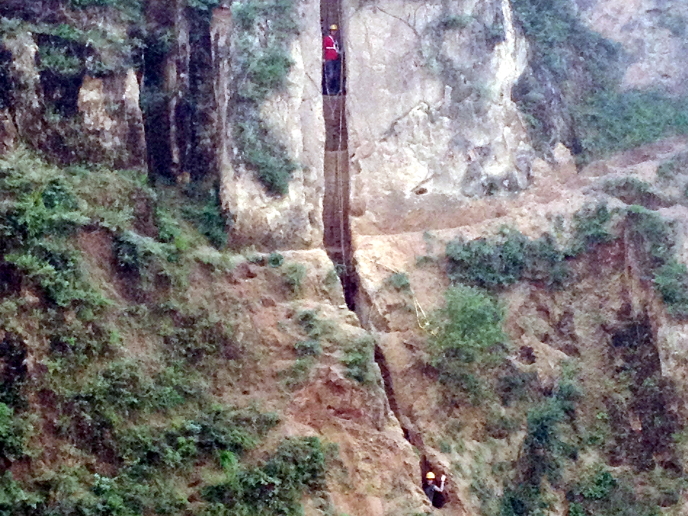How studying contaminant flows through river systems can help cut pollution
Humans are increasingly impacting European rivers and wetlands. As we urbanise, build new factories and continue to farm the land extensively, more and more contaminants from intense industrial and agricultural activities are being released into freshwater bodies. EU-funded project HYTECH (Hydrodynamic transport in ecologically critical heterogenous interfaces) trained 11 doctoral and four post-doctoral fellows to investigate innovative solutions to environmental problems in natural water systems. The project delved into the processes that are behind the transport of contaminants and nutrients through water ecosystems. ‘The idea was to form specific competences at the European scale to face urgent problems posed by the impact of humans on natural aquatic ecosystems,’ says Andrea Marion, HYTECH project coordinator. The project’s researchers were from many different fields including engineering, ecology, water biochemistry, hydrology, computational methods and photonics. Using an interdisciplinary approach, they focussed on the role of water ‘interfaces’ – or the zone between water and river and wetland sediments. One zone studied by the project is known as the ‘hyporheic zone’. It lies under the river flow, in the porous sediment river bed and is home to plant roots, bacterial colonies, micro-invertebrates, fish eggs and other life. ‘These locations are where ecosystem quality is determined,’ explains Marion. In a bid to uncover how pollution flows through a natural water ecosystem, HYTECH developed novel distributed sensing technologies and innovative tracer methods to measure the transport of contaminants in rivers. It invented a new movable field station, and an innovative annular experimental flume. The project also built new hi-tech instruments to evaluate the status of ecosystems in natural rivers. It also employed innovative research methods by collecting integrated datasets of physical and chemical quantities to evaluate ecosystem status and organism traits in natural rivers. ‘The project activities and findings represent a significant step forward towards the integration of interdisciplinary competences, and this is what is most needed in environmental research to address societal problems,’ says Marion. HYTECH’s results have been published in major international journals and in the GeoPlanet book series. The project also produced a scientific documentary called ‘INTERFACES’ aiming to show the importance of HYTECH’s work to the public. The project’s fellows are now going to enter either a research or a professional career where they are expected to play a role in addressing and solving environmental problems. Meanwhile, HYTECH’s instruments and software will be marketed once a user-friendly version has been developed. With the project now over Marion hopes to continue working on natural aquatic environments and on producing new audio-visual material targeting the public and decision-makers. ‘I am convinced that the work of scientists must be made accessible to non-experts so they can see the necessary role of science and scientists for the protection of the environment and of our own species on planet Earth,’ he concludes.







